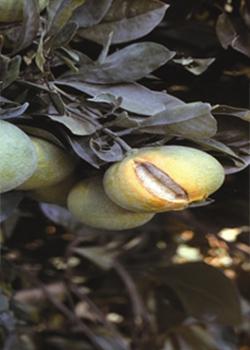Citrus
Citrus is the most widely produced tree fruit crop in the world, thriving in a diverse range of climatic and soil conditions
Its global importance is reflected in its extensive cultivation in tropical and subtropical regions. Citrus also has a significant socio-economic and cultural impact on societies worldwide.
The fruit's numerous nutritional and medicinal benefits make it indispensable in many parts of the world. Primarily, citrus is valued as a fruit that is either consumed fresh or processed into juice.


The Role of Elements
Potassium (K)
- Increases productivity, enhances fruit characteristics and quality, and extends the export window.
- Boosts sugar content and improves fruit coloration.
- Promotes flowering and fruit set while reducing fruit drop.
- Enhances plant resistance to various pathogens (fungal and insect).
- Improves plant resistance to environmental stress factors such as high temperatures, frost, drought, and salinity.
- It increases the ability of roots to absorb nutrients and plays a major role in balancing carbohydrates and nitrogenous substances by reducing excessive nitrogen levels.
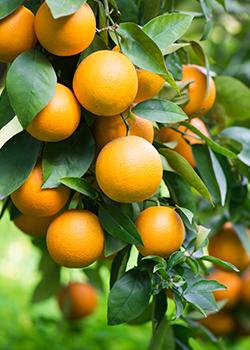
Phosphorus (P)
- Improves and boosts flowering, pollination, and fertilization.
- Improves growth and root distribution, especially at the beginning of spring growth.
- Plays a vital role in improving vegetative growth.
- Maintain long-term productivity.
- Enhances the quality of fruit juice.
- Produces fruits with excellent export specifications.
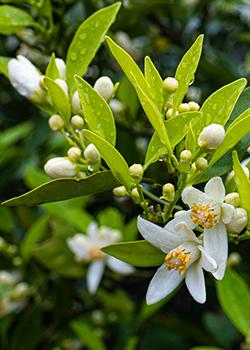
Calcium (Ca)
- Essential for root growth and distribution, as well as vegetative growth.
- Increases fruit set and decreases fruit drop.
- Reduces physiological disorders in fruits, such as creasing and splitting.
- Enhances the storage ability of citrus fruits in the market.
- Increases plant resistance to insect and fungal pathogens by strengthening plant cell walls.
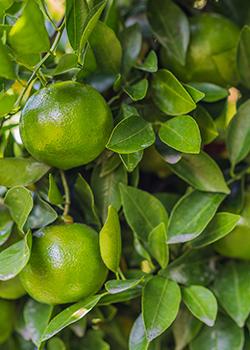
Deficiency Symptoms
Potassium (K)
- Poor fruit set and decreases both yield and fruit quality.
- General weakness in vegetative growth due to potassium deficiency.
- Potassium deficiency causes the death of young leaves, while older leaves become wrinkled and leathery. Additionally, leaves experience a reduction in chlorophyll content, resulting in irregular yellow spots that fall after the flowering period.
- Trees become less resistant to unfavorable environmental stress.
- Overall weakness in trees with poor vegetative growth.
- Poor sugar content and coloring in fruits.

Phosphorus (P)
- Reduces vegetative and root growth.
- Increases percentage of flowering and fruit set falling.
- Fruits become highly acidic.
- Thick, rough-textured fruit peel.
- Phosphorus deficiency may limit the absorption of other elements.
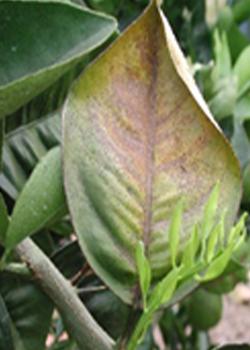
Calcium (Ca)
- Poor root growth and distribution.
- Reduces fruit set, with increased flower and fruit drop.
- Physiological disorders in fruits, such as creasing and splitting.
- Reduces storage ability of fruits in the market.
- Deformation and poor growth of young leaves.
- Death of the terminal buds on the branches.
